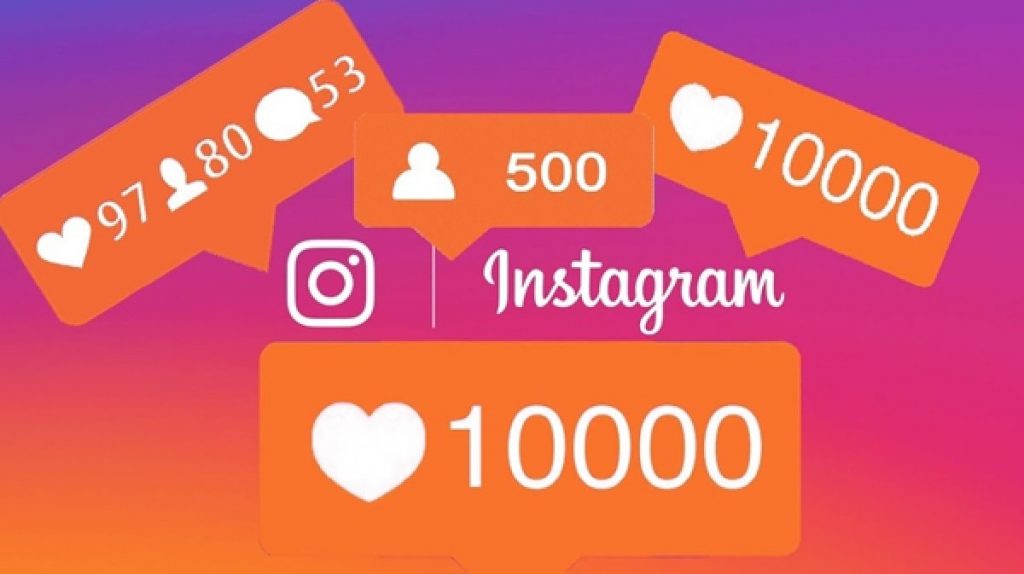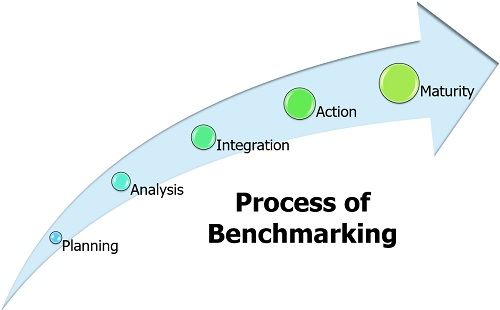Digital rights management (DRM) is a combination of technology and procedures that’s meant to control access to digital assets, such as intellectual property or sensitive documents. It’s most commonly known as a way for creators and copyright holders to protect their materials from unauthorized use, piracy, or other violations of the Digital Millennium Copyright Act (DMCA). Examples of digital media that may be protected using DRM technology include ebooks, DVDs, music, video games, and many others.
While the public mostly knows DRM as a way to ensure copyright laws are followed, modern enterprises also use DRM software to protect their confidential files and other sensitive information. Digital rights management restricts access to files via encryption, and only authorized users will receive the decryption keys to access the data. These keys may be included in the purchase of a product, or they may be distributed to authorized users with access to particular documents. Here are the most important things you’ll need to know about DRM and its use.
It gives you total access control over documents.
One of the most common uses for DRM solutions in a professional setting is to restrict access to documents stored in virtual data rooms (VDRs). These are generally used during the due diligence process for a merger, acquisition, or other large business deal that requires professionals on both sides to review sensitive documents like legal forms and financial reports.
You’ll be able to use a DRM system to upload each important document to your workspace. Once each document, or collection of documents is uploaded, you can select the group members you want to have access to (for example, financial documents would likely only need to be viewed by accounting professionals). When this is done, you can simply click “Enable DRM,” and files will be automatically restricted according to their settings. This not only controls access and key delivery, but you can also set limits for documents regarding whether they can be downloaded, edited, or shared.
Best of all, you can even rescind all access to files as soon as it’s necessary, like at the end of a business deal. Users will lose access to all selected files, even if they had downloads of them on their PC, Android devices, or tablet. It’s also possible to set a deadline for accessing important documents by setting your DRM system to automatically rescind access at a certain time.
You’ll have unmatched security.

When you’re dealing with sensitive information, you can’t afford to rely on traditional file sharing methods like Dropbox or Google Drive. This puts your files at the mercy of everyone who views or downloads them, as a security weakness on their end could result in your data being linked. For enterprise purposes, you’ll want to have everything secured in your DRM dashboard, so the security is entirely in your hands.
The best DRM systems let you and other users view all files in the dashboard, so you’ll never need to rely on any outside plugins that could have security vulnerabilities. This also means that your business dealings won’t be slowed down by certain users having to download said plugins in the first place. You can even set up your own additional security features, like multi-factor authentication, if you want. Custom integrations with all your systems mean that your DRM solution can always be updated with any features you need.
You can track activity through an easy-to-use dashboard.

Not only will you have unrivaled security and access control with DRM, but you can even track which users are viewing or downloading your documents and files. This makes it easy to see if there’s any suspicious activity going on with your materials, so you can rescind access immediately. It also makes it easier to see who’s really interested in a business deal, since you’ll be able to see who’s keeping pace with their document review and who isn’t.











